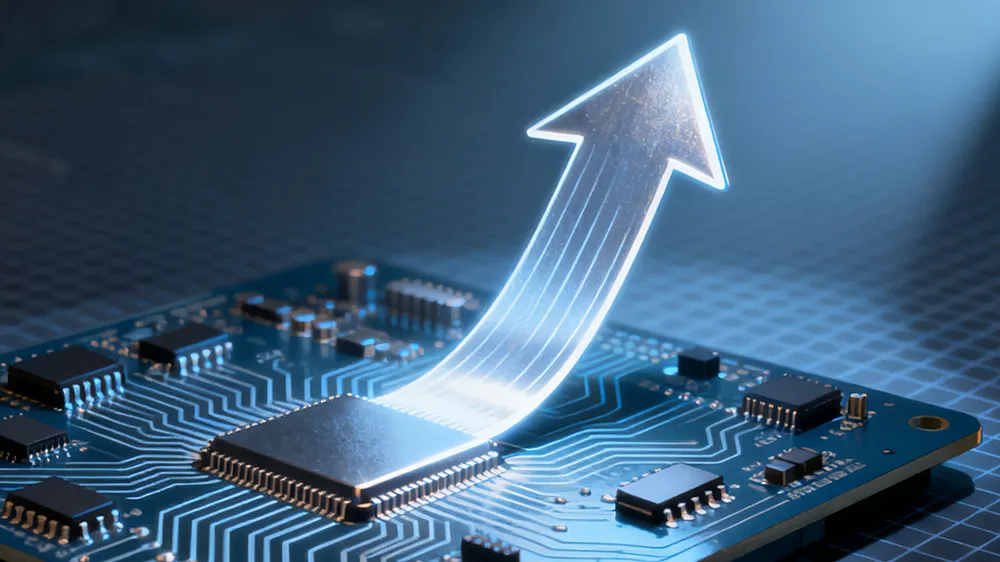Maximizing Power Conversion: Understanding Inverter Efficiency
Inverter efficiency is a critical factor in the performance and cost-effectiveness of power conversion systems. Whether you’re using solar panels, uninterruptible power supplies, or electric vehicle systems, the efficiency of your inverter directly impacts energy savings, system reliability, and overall operational costs. This article explores what inverter efficiency means, why it matters, and how to optimize it for better energy management.
What Is Inverters Efficiency?
Inverter efficiency refers to the ratio of useful AC power output to the DC power input, expressed as a percentage. It measures how effectively an inverter converts direct current (DC) into alternating current (AC) with minimal energy loss. High-efficiency inverters waste less energy as heat, ensuring more of the input power is delivered to the load.
Why Inverters Efficiency Matters
Efficiency plays a vital role in reducing energy costs and environmental impact. In solar energy systems, for example, higher inverter efficiency means more electricity generated from solar panels is usable, maximizing return on investment. In applications like backup power or electric vehicles, efficient inverters extend battery life and improve performance. Lower efficiency not only increases electricity bills but also requires larger cooling systems, adding to upfront and maintenance costs.
Factors Affecting Inverters Efficiency
Several factors influence how efficiently an inverter operates:
- Load Level: Inverters often perform best at specific load levels, usually between 50-80% of their rated capacity. Efficiency can drop significantly at very low or very high loads.
- Temperature: High operating temperatures can reduce efficiency due to increased electrical resistance and thermal losses.
- Design and Technology: Modern inverters using silicon carbide (SiC) or gallium nitride (GaN) semiconductors tend to be more efficient than traditional silicon-based models.
- Waveform Quality: Pure sine wave inverters generally offer higher efficiency compared to modified sine wave inverters, especially for sensitive electronics.
How to Improve Inverter Efficiency
To maximize inverter efficiency, consider the following strategies:
- Right-Sizing: Choose an inverter that matches your typical load requirements to avoid operating at inefficient low or peak loads.
- Cooling and Ventilation: Ensure proper cooling to maintain optimal operating temperatures and prevent efficiency loss.
- Regular Maintenance: Keep the inverter clean and check for worn components to sustain peak performance.
- Technology Upgrades: Invest in high-efficiency inverters with advanced semiconductor materials and maximum power point tracking (MPPT) for solar applications.
Measuring and Comparing Inverter Efficiency
When evaluating inverters, look for efficiency ratings provided by manufacturers, such as:
- Peak Efficiency: The highest efficiency the inverter can achieve under ideal conditions.
- Weighted Efficiency: A calculated average that accounts for performance across various load levels, providing a more realistic measure.
Standards like the California Energy Commission (CEC) efficiency rating help compare different models accurately.
Conclusion
Inverter efficiency is a key determinant of energy savings, system durability, and environmental sustainability. By understanding the factors that affect efficiency and implementing best practices for optimization, users can enhance performance and reduce costs. Whether for residential solar setups or industrial power systems, prioritizing high inverter efficiency ensures smarter energy use and a greener future.
Table of Contents
